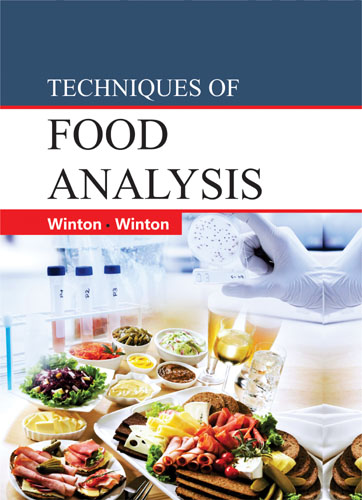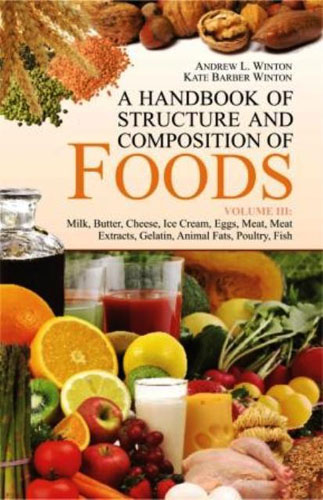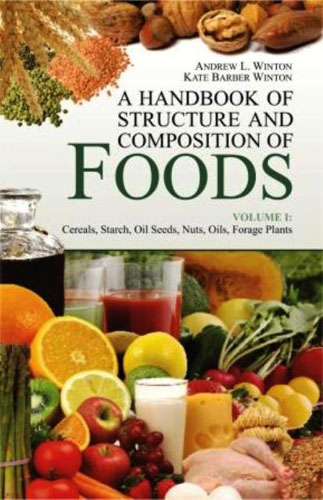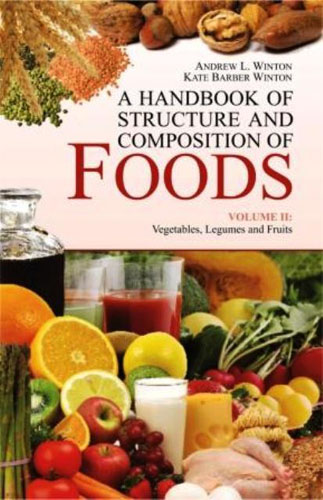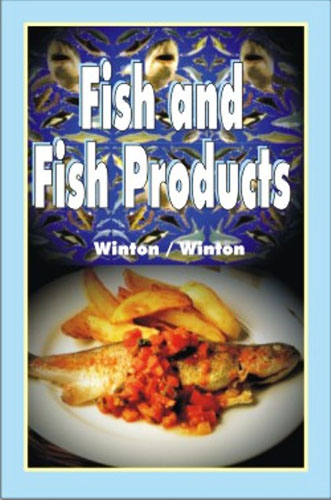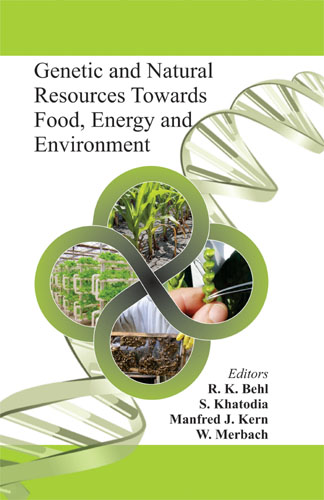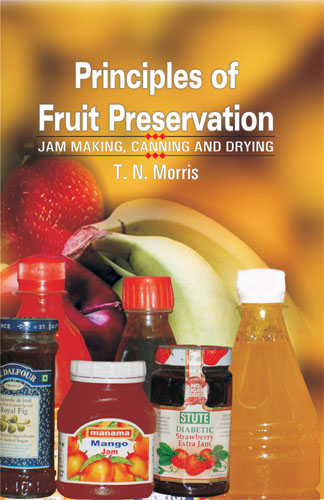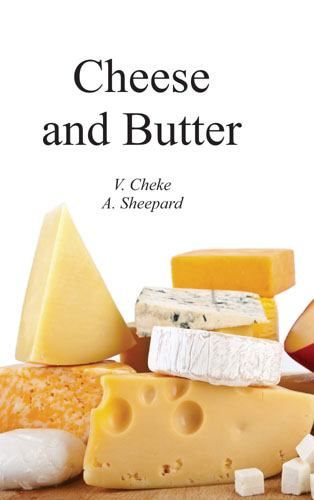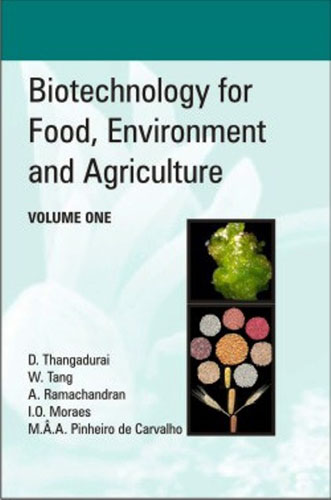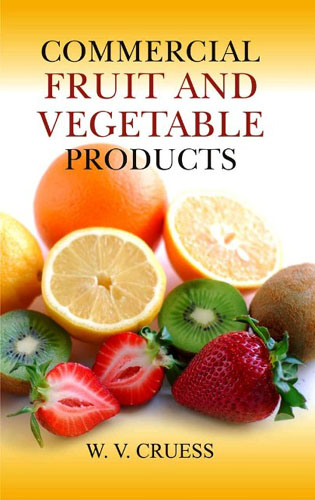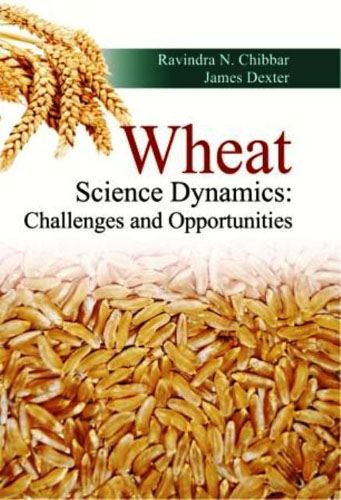Techniques Of Food Analysis
This book is built about the century-old methods for the determination of the constituents of foods in six groups. Some of the methods selected after thorough testing have been adopted by American national organizations or are standard in other countries, but others, although developed in laboratories of good repute and published in accredited journals, have yet to run the gauntlet. In the interest of those who are not professional food analysts, apparatus and reagents are briefly treated in the Introduction, illustrations of microscopic tissues are given at the beginnings of the chapters, and reaction equations are included in the descriptions of the methods. As practice examples for students, typical methods, listed after the Table of Contents, are described in explicit detail.
The analysis of methods has demanded quite as much attention as the analysis of foods. In fact the most difficult-in some cases almost hopeless-task of the compilers has been the separation of the method proper from its entanglement with experimental and discussion in journal articles and the piecing together of the parts to form a lucid and usable whole.
For brevity and convenience the terms test and method are arbitrarily applied to qualitative and quantitative methods respectively. A method is considered to be a procedure in which a basic reaction, a special reagent, or a physical operation is used for the first time for the particular purpose and a modification as a method that has been distinctly improved in accuracy or convenience without a change in the fundamental features; however, in the index, for brevity, this distinction is not made. The mere substitution of one solvent or oxidizing or reducing agent for another is not deemed worthy of special notice, but the adaptation of a method to a particular product is given due prominence. In the triple designation of a method, first the originator is given, second the distinctive reagent or reaction product, and third the class to which the method belongs. The word Process is used as a side head preceding the directions of a method; the word procedure is reserved for more general application.
Our gratitude for permission to reproduce cuts or for other courtesies is due Dr. W. W. Skinner, General Chairman, and Dr. Henry A. Lepper, Editor, of the Journal of the Association of Official Agricultural Chemists (also the "Methods of Analysis" of that Association), Dr. Walter J. Murphy, Editor of Industrial and Engineering Chemistry including Analytical Edition, the Board of Editors of the Journal of Biological Chemistry, Dr. W. F. Geddes, Editor of Cereal Chemistry (also the Committee of Revision responsible for "Cereal Laboratory Methods"), Dr. Louis Ehrenfeld, Editor of the "Methods of Analysis of the American Society of Brewing Chemists," and Dr. S. B. Wildrick, Editor of The Chemist Analyst.
We are indebted to the Bausch And Lomb Optical Co., Brabender Corporation, Cole-man Electric Co., Eastman Kodak Company, Eimer and Amend, General Electric Company, Hellige, Inc., Hengar Company, Klett Manufacturing Co., Pfaltz And Bauer, Inc., Precision Scientific Company, Rubicon
Winton AL
555
Table of Contents..
Part 1
- General Microscopic Methods
- General Physical Methods
- General Chemical Methods
Part 2
- Cereal Foods
- Fatty Foods
- Vegetable Foods
- Fruit Foods
- Saccharine Foods
- Alcoholic Beverages
- Dairy Products
- Animal Foods
- Alkaloidal Products
- Food Flavors
- Leaven
- Salt
- Index
Table of Contents..
Book Details
Book Title:
Techniques Of Food Analysis
Techniques Of Food Analysis
Book Type:
TEXT-CUM-REFERENCES BOOK
TEXT-CUM-REFERENCES BOOK
No Of Pages:
1008
1008
Color Pages :
0
0
Color Pages :
0
0
Book Size:
CROWN QUARTO (7.5X10)
CROWN QUARTO (7.5X10)
Weight:
1700 Gms
1700 Gms
Copyright Holder:
All Rights Reserved
All Rights Reserved
Imprint:
M/s AGROBIOS (INDIA)
M/s AGROBIOS (INDIA)
Readership:
PG STUDENTS |
PG STUDENTS |



